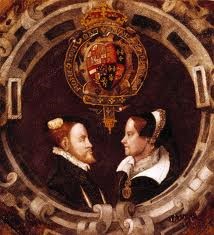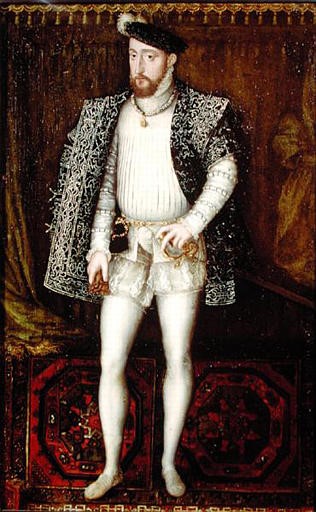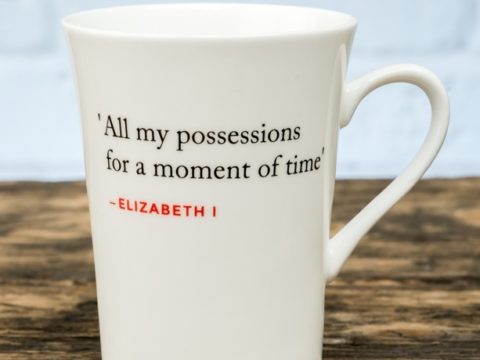Mary I: A Controversial Marriage
Chapter 3 : Did the Marriage Achieve Mary's Objectives?
On 25th July 1554, Mary was married at Winchester Cathedral. She was attended by her cousins, Lady Margaret Douglas, Countess of Lennox, and Lady Katherine Grey, both potential heirs to the throne. Elizabeth, suspected of involvement in the Wyatt Rebellion, was under house arrest.
Philip had arrived a couple of days before and made great efforts throughout the time he spent in England to be pleasant and obliging and to court public approval. He treated Mary respectfully and courteously, and if he found his marital duty hard, which some of his friends suspected, he did not let her know. They spent a good deal of time together, and had interests in common, particularly music.

Philip did not have Mary’s facility with languages. He understood French, but does not seem to have spoken it, so they conversed with him speaking Spanish, and she replying in French and some Spanish or Italian, although she also taught him a few English phrases. Nevertheless, although it seems that Mary became deeply attached to Philip, he did not return her love – perhaps not surprising given their relative ages and different upbringings.
As much as any personal qualities Philip may have had, it was probably a great relief to Mary to have an adult with whom she could have a relationship of equality, something that she had not had since the death of Katherine Parr, and the first time she had had such a relationship with a man.
But personal happiness was not the object of royal marriage. The main purpose was the begetting of an heir, and in this it failed. Mary thought she was pregnant in 1555, as did all her doctors and attendants, but it became apparent that the pregnancy was false. A repeat of the symptoms of whatever the underlying cause was, gave Mary hope in early 1558, but again, proved to be an illusion.

The second objective Mary had was a reintegration of England into Catholic Christendom. When her marriage was first negotiated, Henri II of France had suggested that it would end in hostility between France and England. Mary assured him that she intended to keep on good terms with France, but, in the end, Henri was proved right – although his policy of supporting her rebels was hardly conducive to peace. The combination of Henri’s provocations and Philip’s on-going Italian Wars resulted in Mary forcing her Council to support a declaration of war.
Despite initial success, the loss of Calais overshadowed the last year of Mary’s reign, and her subsequent reputation. Finally, the rivalry between the Hapsburgs and Pope Paul IV in Italy isolated Mary even from the positive relationship with the Holy See that she had hoped to establish.
In summary, it does appear that, although the decision Mary made can be defended on the basis of the information she had, the results were very different from what she had hoped.
This article is part of a Profile on Mary I available in paperback and kindle format from Amazon.
Mary I
Family Tree






